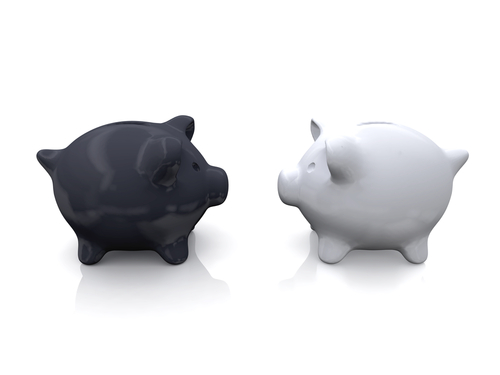Having loads of money can be a real burden, can’t it? While it’s sadly not a problem many of us experience, there will hopefully come a time when you start to develop savings that require more attention than just being left sitting in a current account, for you to dip in and out. If you’ve started to build up a decent amount of savings and are wondering what to do with them in order to help them grow, then be sure to consider the following options and weigh up which is best for your financial situation and needs.
 Savings Accounts
Savings Accounts
Anyone serious about saving will likely start with a savings account. Many banks and lenders will have a range of different savings account options available.
Pros
Putting your money into a savings account is a safe and secure decision, as all respectable credit unions and banks will be insured. Therefore, even if there is another financial crash, it should be safe. You’ll also have access to the funds at any time and most accounts can be opened with a small initial deposit and no requirements to continue depositing certain amounts.
Cons
Compared to some other savings options, most savings accounts have relatively low interest rates. This means it will take longer to increase your savings. Depending on the lender, there may be a minimum balance amount that must be adhered to as well, with charges enforced if your savings fall below this.
ISAs
Since they were first introduced in 1999, ISAs have become a popular saving method for a lot of people, with many variations from help to buy to tracker ISAs available.
Pros
One of the main benefits of all ISAs is that they are completely tax-free. This includes all the interest gained on them, no matter what your income. Some fixed-rate CASH ISAs have higher interest rates than the instant access or easy-access kind as you must leave your savings in the account for a set amount of time, often at least one or two years. You can save up to £15,240 in an ISA.
Cons
For some, that figure may be a negative if you have plenty of spare cash to save, as it is the maximum that can be split across various ISAs too. If you do need to withdraw then expect to have the interest rate slashed or be charged. If you do withdraw from an ISA, you can now put that money back into the ISA without it affecting the annual allowance, as long as it is before the end of the tax year in which you made the withdrawal, which ends on the 5th April each year. For example, if you put in £15240 in May, you could take it out and put it in again, as long as it is before the 5th April of the next year.
Investments
 Those who are willing to take a little risk to increase their savings should consider putting some of their savings into investments.
Those who are willing to take a little risk to increase their savings should consider putting some of their savings into investments.
Pros
A much higher return on investment can be gained through investments. Depending on how much of your savings you decide to invest, and the success of where it is placed, it can be incredibly rewarding. It can be a more exciting way to use your savings, as you take full ownership for each investment.
Investments can go in a Stocks and Shares ISA – when an investment is in an ISA all the gains are tax free -you never have to pay any tax on the funds when you access the money.
Cons
There is a lot more risk involved and the chance that your investments value might have gone down at any time. There is a risk you could end up with less than you started with, so only invest money in investments when you have many years before you might need the money, to give it time to grow and recover from any losses.
Consider all the pros and cons of such savings choices before investing your spare cash in any of these options.
If you’re new to investing, have a read of other investing articles on Magical Penny by clicking here
You must log in to post a comment.